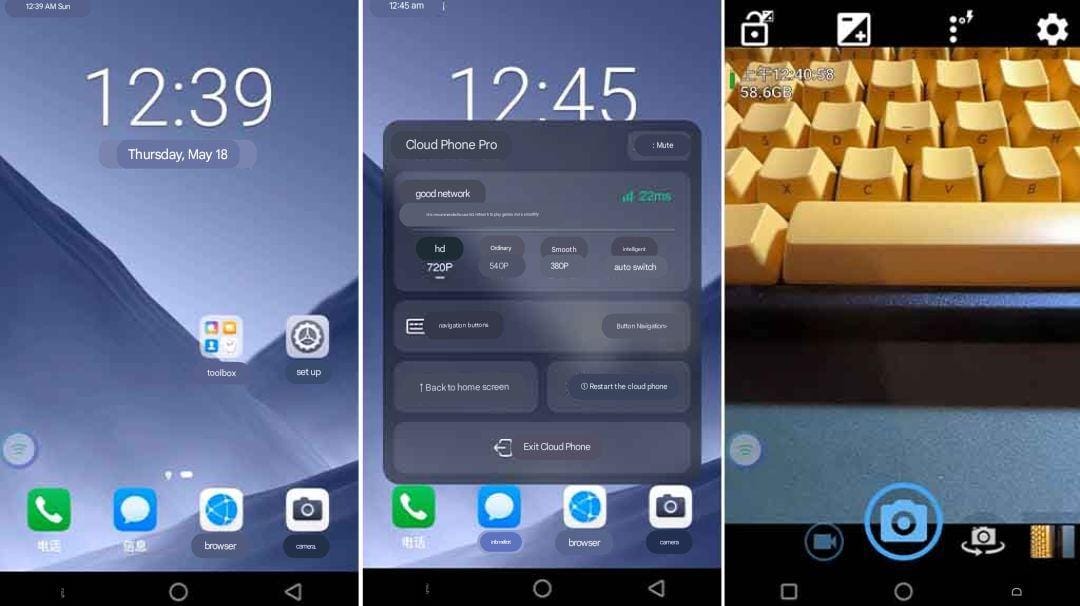Huawei’s Virtual Phone Eliminates the Need to Change Your Device Ever

Huawei and China Mobile have recently unveiled the “Cloud Phone Pro“. It’s something that could potentially eliminate the need for users to change their physical smartphone devices ever. This is a cloud-powered virtual phone, which aims to provide a seamless user experience across various devices, allowing users to use any device they prefer.
This virtual phone would fully be powered by cloud services, and will offer impressive performance, although it lacks the physical features such as an improved screen or better aesthetics. The concept behind this virtual phone is to leverage the power of cloud computing to deliver a full smartphone experience without the limitations of a physical device.
According to sources, users can make calls, play games, watch movies, and do anything they normally would through the virtual phone interface. And, while it offers exceptional performance, it does not surpass the physical aspect in terms of visual appeal or any of the enhanced hardware features we see being improved each year by other manufacturers.
One significant advantage of this virtual phone is that users can upgrade their devices without the need for purchasing new hardware. Instead, they can pay for an upgrade and enjoy the improved performance. This provides a cost-effective solution for those who want to stay up-to-date with the latest technology advancements without constantly changing their physical devices.
However, there is a catch to this. The virtual phone heavily relies on a stable internet connection at all times. This requirement poses a challenge for users in areas with poor network coverage or unreliable internet service. Due to this dependency on internet connectivity, the virtual phone is currently being launched exclusively in China, where a stable network infrastructure is in place.
Huawei’s virtual phone has already entered beta testing, allowing users to sign up for participation and gain access to the platform. During the testing phase, users can use the virtual phone for up to two hours a day, free of charge. However, at this stage, the virtual phone only supports Android apps and can be accessed through a designated website URL.
The user interface of the virtual phone resembles that of a Huawei device, complete with a home screen and app icons, including popular features like cameras, messaging apps, browsers, and phone functionality. Additionally, a control center is available, providing options to manage navigation views, restart the phone, or exit the virtual environment.
Messaging features are also integrated into the cloud phone, supporting private direct messages, data cloud storage, app avatars, and more. As the virtual phone is powered by China Mobile network services, it may offer connectivity options to existing user plans, further enhancing its convenience and compatibility.
Although the idea of a cloud-powered virtual phone is intriguing, it may not attract a widespread user base due to its reliance on a stable internet connection. However, for users in China who have access to a reliable network infrastructure, this presents an exciting opportunity to explore a new way of using smartphones without the constant need for physical device upgrades.
While this is all we know for now for this phone, rest assured that we will keep you updated as new information becomes available.





